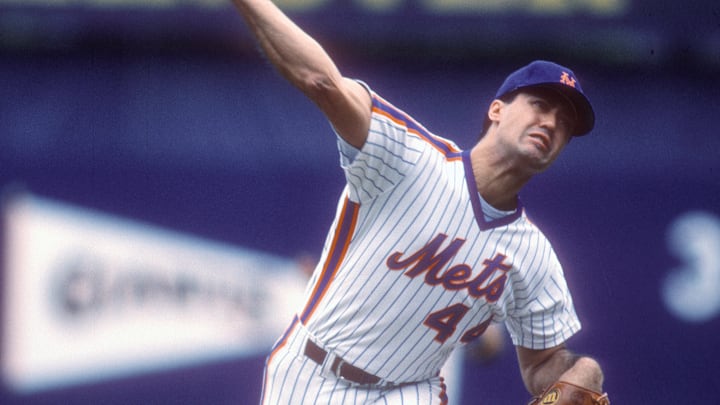1) NY Mets trade for Sid Fernandez
On December 8, 1983, the Mets acquired Sid Fernandez and Ross Jones from the Los Angeles Dodgers for Bob Bailor and Carlos Diaz. If you don’t remember any of the names other than Fernandez, it’s okay.
Fernandez might be one of the most underrated players in Mets history. At 98-78 with a 3.14 ERA, he was a consistent lefty in the 1980s and even into the early 1990s. Like so many other talented Mets pitchers, injuries took their toll on him later in his career.
The owner of the ninth-highest WAR in Mets history, Fernandez would have to receive consideration as the fifth starter in any all-time Mets starting rotation. Only Tom Seaver, Dwight Gooden, Jacob deGrom, and Jerry Koosman have passed him in this statistic. Partly because of his longevity, he still deserves credit for being worth 27.4 WAR in 10 seasons.
At the time of the trade, Fernandez had already logged six innings for the Dodgers but went to Triple-A at the start of the 1984 season. He ended up spending about half the season there. Thereafter, the Mets knew they had to make room for him in the rotation. They should be glad they did. He is one of the best to wear the uniform and played a key role pitching in relief for the club during the 1986 World Series.
